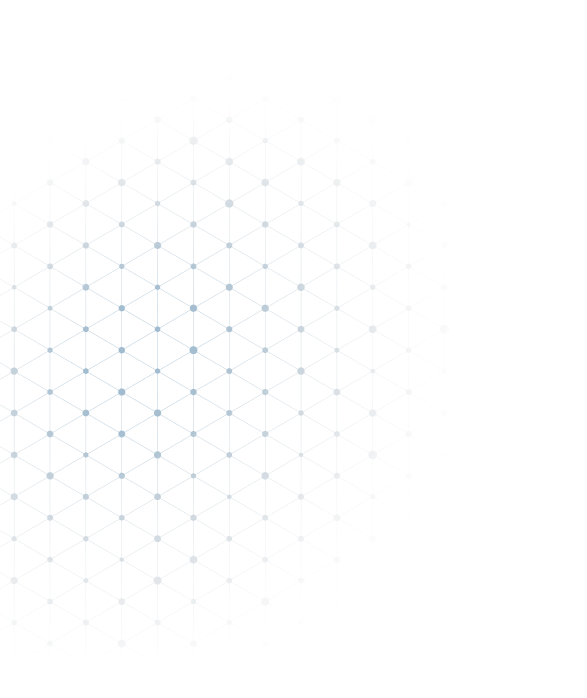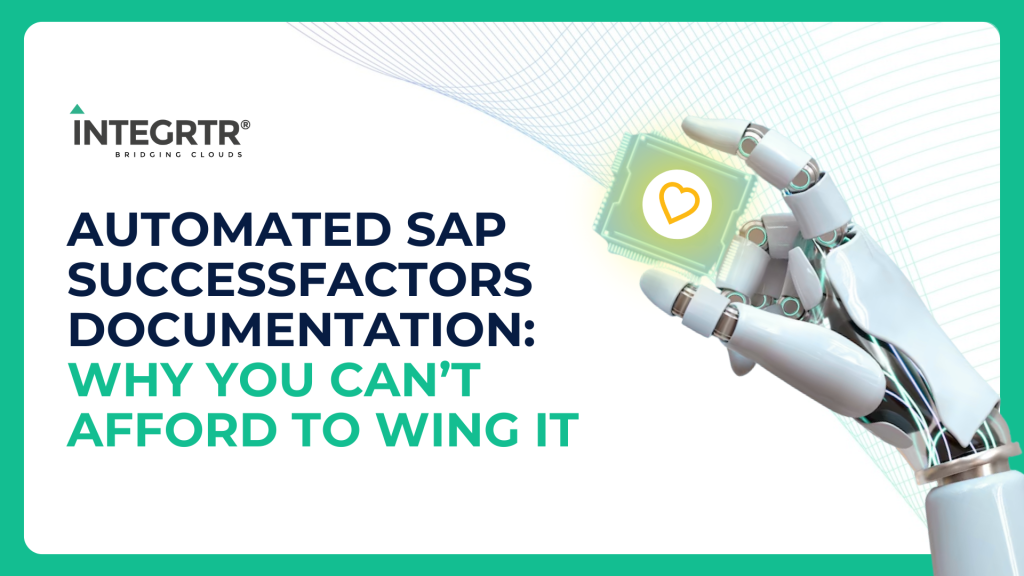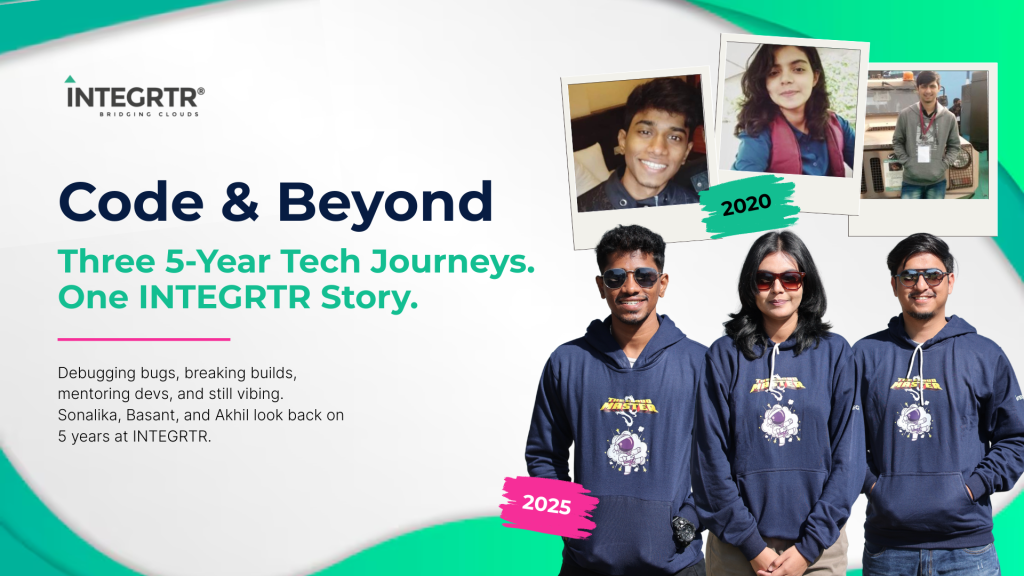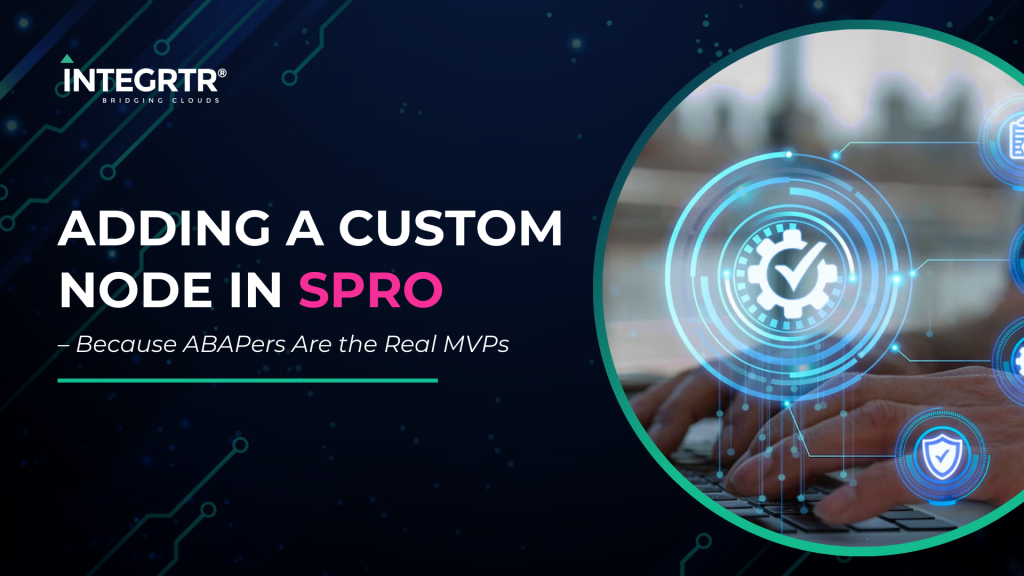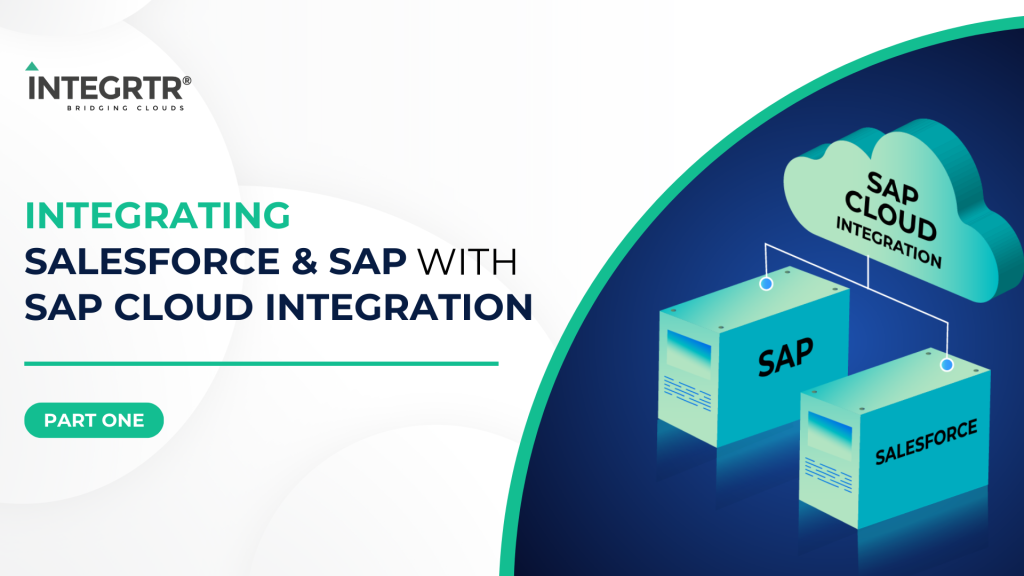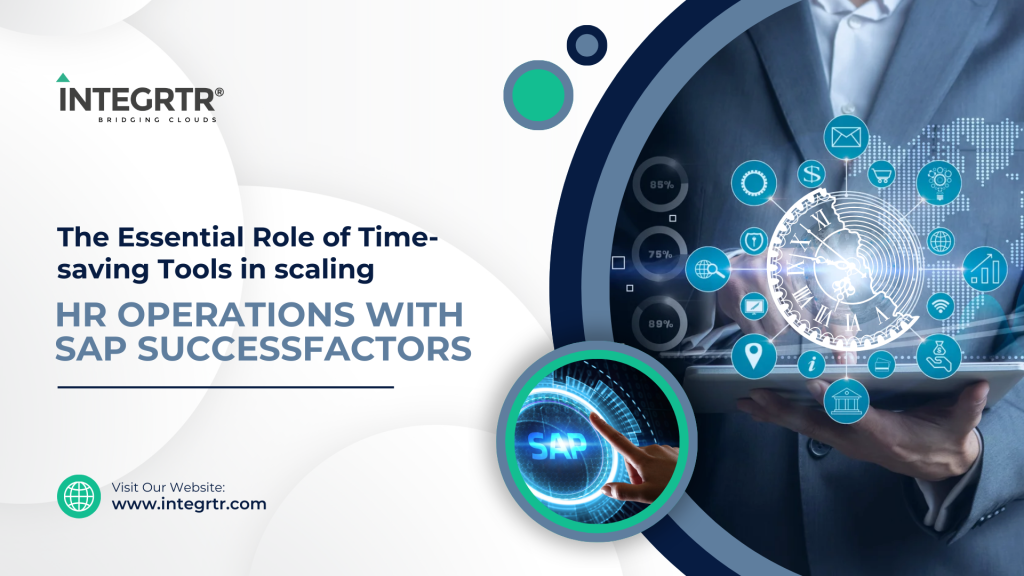Hello there readers,
We are back with another exciting topic on your doorstep. This time, we will be talking about bgRFC and some related terminologies.
Background RFC (Remote Function Call) is a powerful feature in SAP, based on the standard RFC protocol, that allows users to execute remote function calls in the background without impacting the performance of the SAP system. Mainly, it is used to execute long-running, resource-intensive processes, such as batch jobs and data transfers.
In lay-mans terms, bgRFC allows a user to execute remote function calls between different SAP systems or between an SAP system and a non-SAP system. With this, users can execute remote function calls in a separate background process, which runs independently of the user interface. This feature allows users to initiate a long-running process and continue working on other tasks without being interrupted by the process.
bgRFC is the successor to tRFC and qRFC, with significant improvements in terms of performance and functionality.
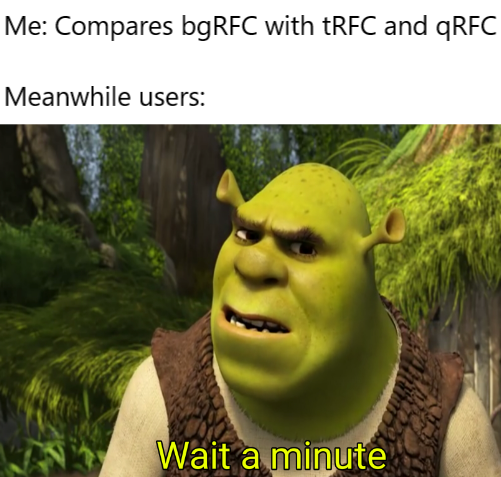
The terms tRFc and qRFC may sound unfamiliar to some of you who are new to SAP, but worry not, we’ll first understand the meaning of these and then proceed ahead.

What is Standard RFC?

Standard RFC refers to the most basic form of communication between SAP systems, or between an SAP system and a non-SAP system(external system).
A standard RFC is initiated by one system and executed in another, with response of the call being returned immediately to the requesting system. The standard RFC is a synchronous communication process. This implies that the requesting system remains blocked until it receives the response from the receiving system.
It is a common practice to use it for short transactions or processes that necessitate an immediate response. For example, retrieving data or triggering a specific action in another system.
💡 It's worth noting that while standard RFCs provide a simple and straightforward way of exchanging data between systems, they can become a bottleneck in scenarios where the volume of data exchange is high or when the processing time of the RFC calls is long.

What is t-RFC?
t-RFC stands for Transactional Remote Function Call. It is a communication method which is used to exchange data between SAP systems in a reliable, transactional manner.
A t-RFC call is initiated by one system and executed in another, with the transaction being automatically committed or rolled back. This is based on the outcome of the call.
If a call is sent to a receiving system which is down, then the call is kept under local queue for a later time. If a t-RFC call is unsuccessful, the transaction can be repeated automatically to ensure data consistency between the systems.
💡 One thing to note here is that a t-RFC call is executed in a single transaction, i.e., either committed completely or rolled back.

What is q-RFC?
q-RFC stands for Queued Remote Function Call. It is a type of remote function call that enables communication between SAP systems in a reliable and scalable manner. It uses a queue to store and manage the communication requests.
A q-RFC call is initiated by one system and executed in another system, with the request being stored in a queue in the receiving system. The receiving system can then process the requests in the queue at a later time, either in a sequential or parallel manner, depending on the configuration. This is helpful when users want to process transactions in a predefined order.
Now, coming back to the topic at hand.
The requesting system initiates a bgRFC, and the receiving system executes it in the background. This enables the requesting system to continue processing without being blocked by the response from the receiving system. The response of bgRFC is usually returned at a later stage and can be monitored through various transaction codes and tables in SAP.
Background RFCs are a popular choice for long-running transactions or processes that do not necessitate an immediate response. They offer a more efficient means of exchanging data between systems compared to synchronous communication methods.
Users can use bgRFC to execute reports and batch jobs on a regular basis, such as daily, weekly or monthly; this means that it is based on a scheduler driven queuing framework.
💡 When a call is received, one must ensure that it was transferred to the receiver either once only in any order (quality of t-RFC), or once only in the order of creation (quality of q-RFC).
Architecture of bgRFC
The architecture of a background remote function call (bg-RFC) in SAP consists of the following components:
- Calling system
This is the system that initiates the bg-RFC call. The calling system sends the request to the callee system and continues processing without being blocked by the response of the bgRFC. - Callee system
This is the system that receives the bg-RFC call and processes it. The callee system processes the bg-RFC in the background and returns the response to the caller system at a later time. - bg-RFC interface
This is the interface that defines the structure and content of the bg-RFC call. The callee system exposes a set of function modules that can be called by the caller system. - bg-RFC queue
A queue is employed to store and manage the bgRFC calls. The bg-RFC queue acts as a buffer between the calling and callee systems, allowing the latter to process the bg-RFC calls asynchronously and in parallel. - bg-RFC coordinator
This is a component that is responsible for managing and coordinating the bg-RFC calls in the callee system. The bg-RFC coordinator retrieves the bg-RFC calls from the queue and dispatches them to the appropriate function modules for processing.

In the diagram, we have two systems:
1. Calling system
2. Callee system
The calling system uses a destination to send a bgRFC request to the callee system, which specifies the callee system and the bgRFC function module to call. The callee system places the bgRFC request in a queue post that The background processor periodically checks the queue for new requests and processes them in the background. The sender/calling system can proceed without waiting for a response from the receiver/callee system because it processes the requests asynchronously.
The communication between the two systems occurs through a communication protocol like RFC or a network protocol. The callee system executes the function module called by the bgRFC request.
The callee system receives the RFC request and starts a background task to execute the function module. The background task executes the remote function call and generates the report or performs the desired task. Depending on the complexity of the report or task being performed, completing the function module may take some time.
After completing the background task, the callee system stores the results in the task log or returns them as output data to the calling system. The calling system retrieves the results from the task log or output data and processes them as needed.

Advantages of bgRFC
- Improved system performance: Asynchronous communication reduces the workload on the sender system, which can help to improve overall system performance.
- Increased reliability: bgRFC increases reliability by providing a dependable means of communication between systems, ensuring accurate and error-free transmission of data.
- Scalability: bgRFC is highly scalable, which means that it can handle large volumes of data and support multiple systems or applications.
- Improved user experience: bgRFC enables users to perform tasks without having to wait for responses from other systems or applications, which can help to improve the user experience.

Summary
Background RFC is a communication method in SAP which allows users to communicate between different systems, asynchronously.
Using bg-RFC, developers can create and schedule processes to run in the background of any SAP system, which in turn reduces the load on GUI and enhances performance. When there is a need to transmit large volumes of data, bgRFC proves to be convenient. You should use bgRFC depending on the requirements and characteristics of integration scenario.
Suggested Articles:
Explore our expert services to help you navigate your SAP HCM transformation and find the best deployment strategy for your business. Learn more here.


